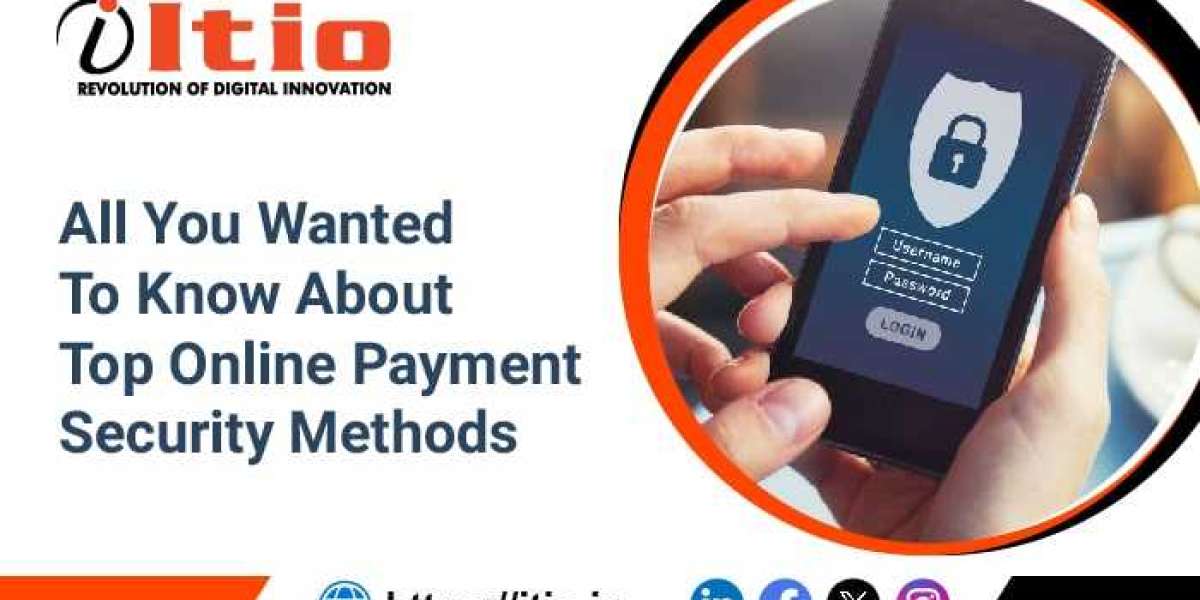In an era dominated by digital transactions, the importance of robust online payment security methods cannot be overstated. As the world becomes increasingly connected, ensuring the safety and integrity of financial transactions is paramount. In this comprehensive guide, we will explore the top online payment security methods, delving into the technologies and strategies employed to safeguard sensitive financial information, if you want to start your own payment gateway business.
I. Encryption Technology:
- SSL (Secure Sockets Layer): SSL is a standard security protocol that establishes an encrypted link between a user's browser and a website's server. This encryption ensures that any data exchanged, including payment information, remains private and secure. Look for websites with "https://" in the URL, indicating the use of SSL encryption.
- TLS (Transport Layer Security): TLS is the successor to SSL and serves a similar purpose, encrypting data in transit between a user and a website. The latest versions of TLS provide enhanced security features, and its implementation is crucial for protecting online payment transactions against potential vulnerabilities, and something for you to consider before you start your own payment gateway business.
II. Multi-Factor Authentication (MFA):
- Two-Factor Authentication (2FA): 2FA adds an extra layer of security by requiring users to provide two separate forms of identification before accessing an account or making a payment. This commonly involves a combination of something the user knows (password) and something the user has (such as a one-time code sent to their mobile device).
- Biometric Authentication: Leveraging unique physical or behavioral attributes, biometric authentication methods like fingerprint scanning, facial recognition, or iris scanning enhance security significantly. Biometrics offers a more secure and user-friendly alternative to traditional password-based authentication.
III. Tokenization:
- Payment Tokenization: Tokenization replaces sensitive information, such as credit card numbers, with unique tokens. These tokens are meaningless to potential attackers, adding an extra layer of security. Even if intercepted, the tokenized data is useless without the corresponding tokenization system to decrypt it.
- Authentication Tokens: In addition to payment tokenization, authentication tokens can be used to secure user sessions. These tokens are generated upon successful login and serve as temporary credentials. They are refreshed regularly, reducing the risk of unauthorized access.
IV. Fraud Detection and Prevention:
- Machine Learning and AI: Utilizing machine learning and artificial intelligence, online payment systems can analyze vast datasets to identify patterns and anomalies associated with fraudulent activities. This proactive approach allows for real-time detection and prevention of unauthorized transactions.
- Behavioral Analytics: Behavioral analytics examine user behavior patterns to establish a baseline for normal activity. Any deviation from this baseline triggers alerts, helping to identify potentially fraudulent transactions. This dynamic approach to security is particularly effective in combating evolving cyber threats.
V. Secure Payment Gateways:
- End-to-end Encryption: Secure payment gateways employ end-to-end encryption to protect payment data throughout the entire transaction process. This ensures that sensitive information remains secure from the moment it is entered by the user until it reaches the payment processor.
- Compliance with PCI DSS: Payment Card Industry Data Security Standard (PCI DSS) is a set of security standards designed to ensure that all companies that accept, process, store, or transmit credit card information maintain a secure environment. Choosing payment gateways compliant with PCI DSS is essential for online businesses and a must-known before you start your own payment gateway business..
VI. Secure Coding Practices:
- OWASP Top Ten: Following the guidelines provided by the Open Web Application Security Project (OWASP) is crucial for web developers. The OWASP Top Ten outlines the most critical web application security risks, and adherence to these guidelines helps in building secure payment systems resistant to common vulnerabilities.
- Regular Security Audits and Penetration Testing: Conducting regular security audits and penetration testing helps identify and rectify vulnerabilities in payment systems. This proactive approach is essential for staying one step ahead of potential threats and ensuring that security measures are robust and up-to-date.
VII. Customer Education and Awareness:
- Phishing Awareness: Educating customers about phishing attacks is essential. Businesses should provide qualified guidance on recognizing and avoiding phishing emails, fake websites, and suspicious links to help users protect their login credentials and financial information.
- Transaction Monitoring Alerts: Empowering users with transaction monitoring tools allows them to set alerts for unusual activities. If a transaction is initiated from an unfamiliar location or exceeds predefined limits, the user receives an immediate notification, enabling them to take quick action if necessary.
VIII. Regulatory Compliance:
- GDPR (General Data Protection Regulation): GDPR mandates the protection of personal data and requires businesses to implement strict measures to safeguard user information. Adhering to GDPR and other regional data protection regulations ensures that online payment systems prioritize user privacy and security.
- Compliance with Financial Regulations: In addition to GDPR, online payment systems must comply with various financial regulations specific to the regions they operate in. Staying abreast of and adhering to these regulations ensures legal and secure financial transactions.
Conclusion
As online transactions become an integral part of our daily lives, the importance of robust online payment security methods cannot be overstated, especially when you want to start your own payment gateway business. From encryption technologies and multi-factor authentication to tokenization, fraud detection, and secure coding practices, a multi-layered approach is necessary to thwart evolving cyber threats. By integrating these methods into their systems and educating users, businesses can create a secure online payment environment, fostering trust and confidence in digital transactions. As technology advances, staying vigilant and proactive in implementing the latest security measures is key to ensuring a secure and seamless online payment experience for all.



